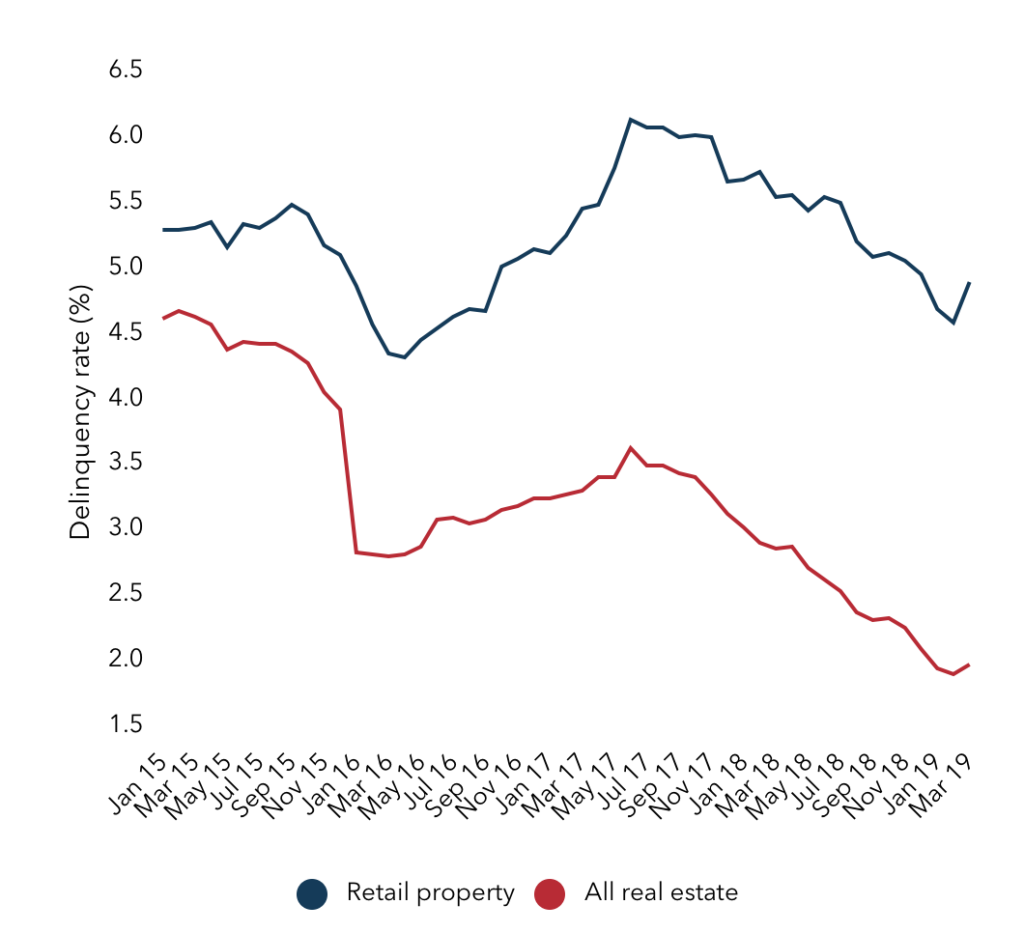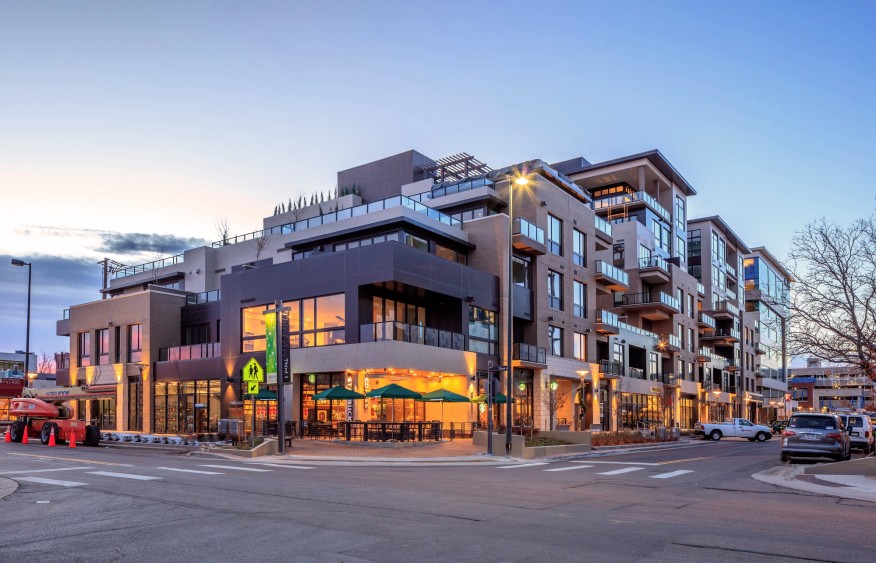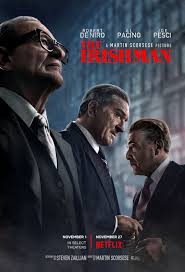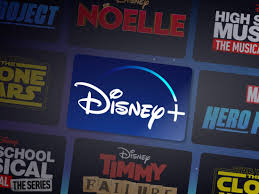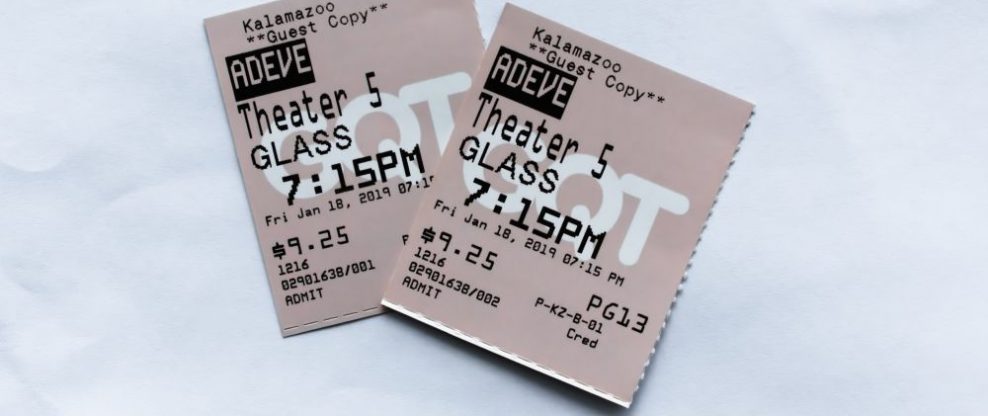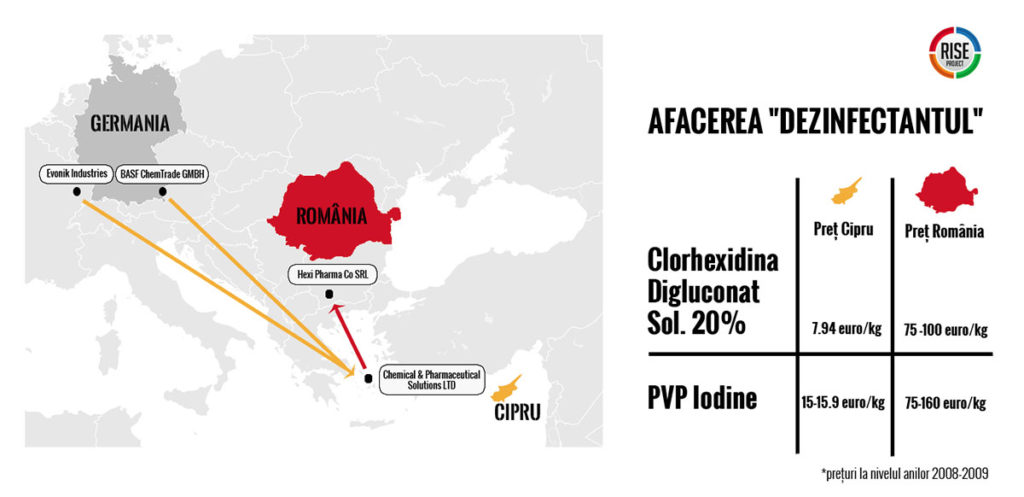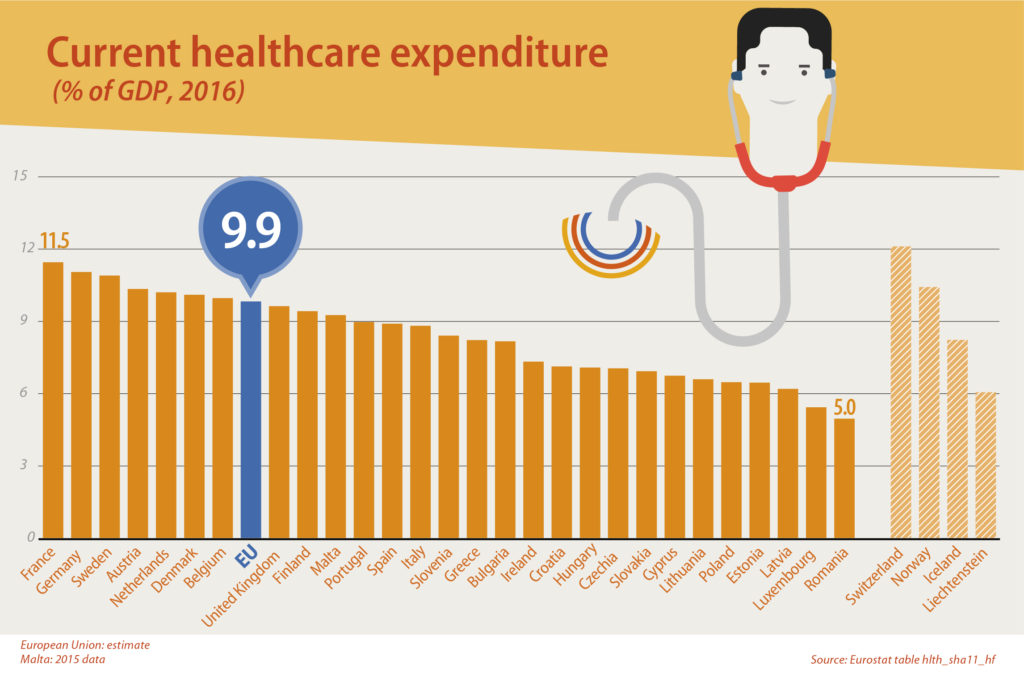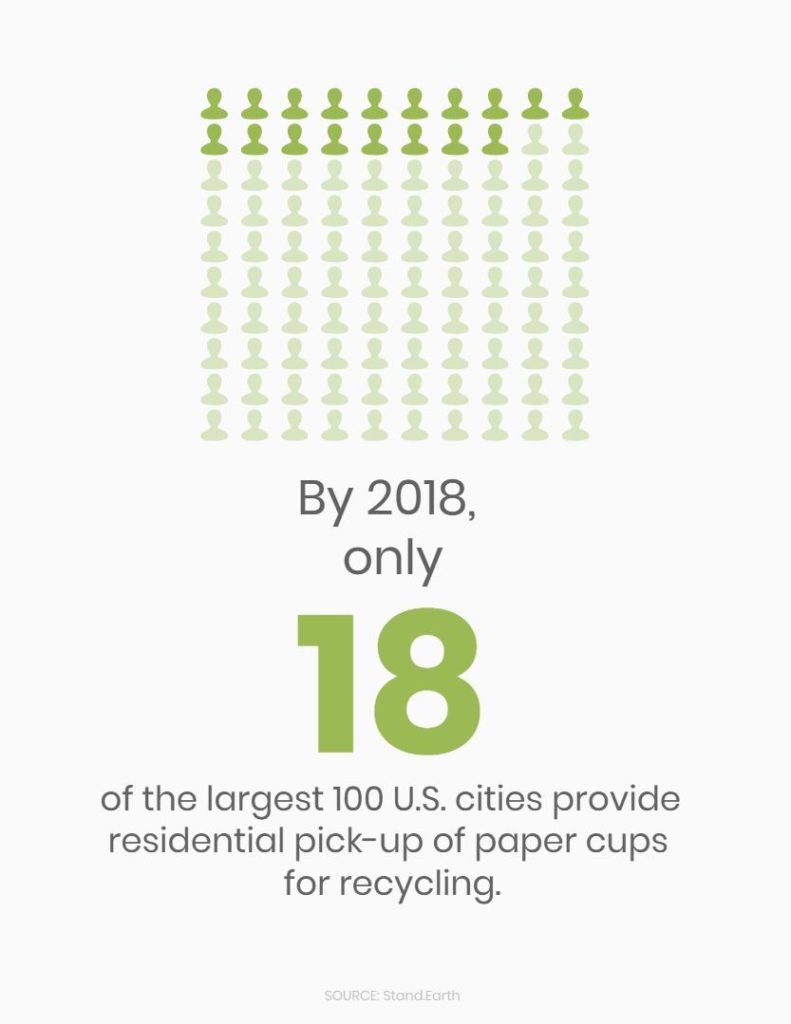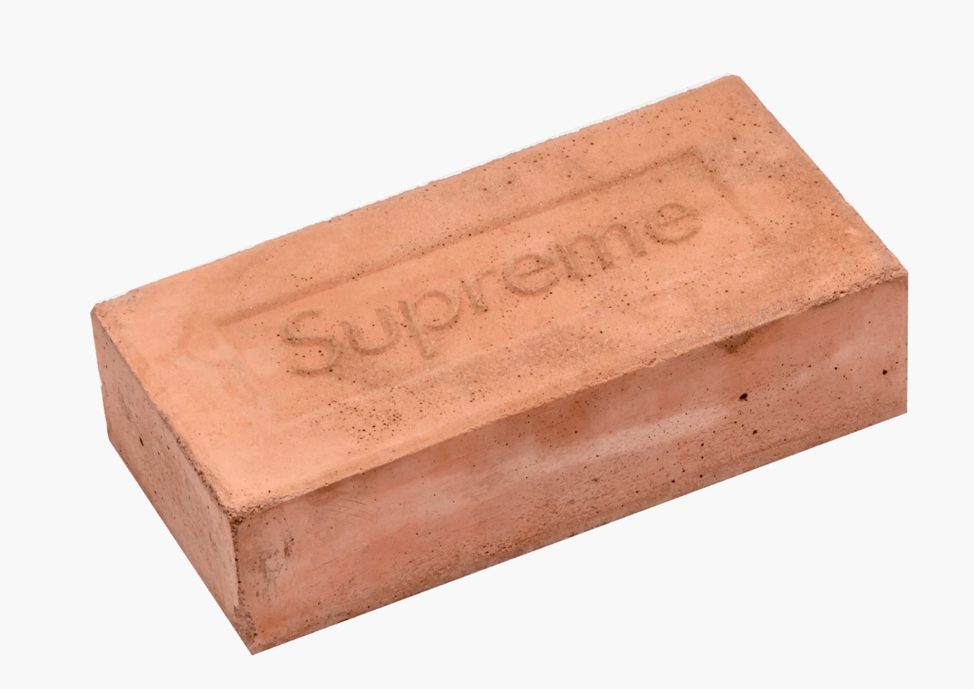By Bonnie Wong
Two years ago New Jersey-born, start up entrepreneur and college dropout Billy McFarland created the most “ill-planned music event that never was.” But to label it as just that is an understatement. The music festival, which was scheduled to take place over two weeks in late April 2017 on a private Bahamian island called the Great Exuma, turned into a nightmare for over 8,000 people who had paid anywhere between $1,000 to $100,000 to attend only for it to fall grossly short of expectations.

In October 2018, McFarland pleaded guilty to fraud and was sentenced to six years in prison and ordered to forfeit $26 million, pleading guilty to wire-fraud charges. Fyre Festival co-founder and rapper Ja Rule was dismissed last month from the $100 million class action lawsuit, according to an article by the New York Times.
But the real question is how did Fyre Festival, like other promises made by grifters, continue to operate even when others both the inside and outside suspected they were destined to fail? Furthermore, what are the implications of large-scale fraud on the overall economy?
Instead of the private, custom Boeing 737 flight, luxurious accommodations and promised VIP experience, Fyre Festival guests were left waiting in the airport, given bread and cheese in Styrofoam containers to eat and left to sleep in makeshift tents scattered around the island with no cellular service or plumbing. Major A-list artists who were scheduled to perform dropped out in the weeks prior to the music festival (there turned out to be no musical acts), businesses who were contracted to provide their services for the event were never paid and guests live-tweeted their nightmare experience for the rest of the world to see.

The 2019 Hulu documentary titled “Fyre Fraud” produced by Jenner Furst and Julia Willoughby Nason opens with a quote by Calvin Wells, venture capitalist who originally exposed the Fyre Festival scam on Twitter.
“You see these wonderful, beautiful people in places that you’re not, doing things you can’t afford to do, it really didn’t matter that these guys may be waifs, trustafarians, and this guy hosting this party was an obvious fraud, because many of these influencers are people you follow, that you aspire to be and also this rapper, his music you listen to,” Wells said in the documentary. “So when an opportunity presents itself to get out of your parents’ basement and go be part of something that’s culturally relevant, you’re going to absolutely jump at that.”
In America alone, the music festival industry has become a lucrative market. Nielsen Music estimates about 23 percent of the U.S. population has attended a live music festival in 2018. The majority of attendees are millennials, 57 percent of which now say they prioritize traveling and seeing the world over ever owning a home, according to a study by Deloitte.
Music festivals are attractive for artists and attendees alike. The business model is more profitable than ever before. Instead of conducting large scale production tours that take days and require setting up and tearing down at each location, artists simply get paid to fly to the venue, perform and then fly back home all while earning a considerable amount for their performance. Since 1999, 50 percent of U.S. recorded music sales have dropped, according to Vox. To make up for the loss in revenue, live concerts, shows and merchandise compensated for 40 percent of the loss between 1999 and 2009, originally grossing $1.5 billion and then peaking at $4.6 billion. In recent years, streaming services have deflated album sales further, Vox states.
On the consumer end, attendees can enjoy day or weekend-long events with their favorite artists in one place and have something to post on Instagram from the ordeal. For attendees, it’s all about the experience a music festival can provide, fueled by aggressive social media marketing that helps the consumer envision what their life could look like and playing into overall fears of FOMO—fear of missing out.
Jerry Media, who was charged with promoting the festival spoke of their original strategy of marketing Fyre in the Hulu documentary.
“My whole idea was like stop the internet and so to do that you kind of have to figure out a way, in this time of advertising, to stop somebody’s who’s scrolling at speeds that are less than, like, a second,” Oren Aks, ex-Jerry Media employee said.
Their social media strategy did stop consumers in their tracks. Through their heavy promotion, Fyre Festival easily became a shareable experience through both online and word-of-mouth advertising.
And it’s not just major cities such as Los Angeles and New York that host music festivals anymore. Smaller towns, looking to benefit from the influx of travelers attempt to contract with the hottest artists who hold the promise of bringing in economic revenue. In 2012, the Firefly Music festival hosted in Dover, Delaware saw approximately 30,000 attendees daily and made upwards of $9 million in ticket sales and contributed over $12 million overall into the city’s local economy, in a report by LA Weekly.
“We’re living in an era in which you can convince millions of people to do anything just on marketing alone,” Wells said.
But to host a music festival, especially one of that scale, takes a lot of planning and effort, two things McFarland did not forsee. According to an article by Vox, instead of planning out the insurance, predicting weather forecasts or even creating a budget sheet, McFarland focused on advertising his idea through paying celebrities like Kylie Jenner and Bella Hadid and then shooting a promotional video centered around his life (and then refusing to pay the company he hired).
“McFarland induced investors to entrust him with tens of millions of dollars by fraudulently inflating key operational, financial metrics and successes of his companies, as well as his own personal success – including by giving investors a doctored brokerage account statement purporting to show personal stock holdings of over $2.5 million when, in reality, the account held shares worth under $1,500,” read a press release by the U.S. Securities and Exchange Commission.
Using his companies Fyre Media, Inc., Fyre Festival LLC and Magnises, Inc., McFarland conned over 100 investors into lending him $27.4 million, according to the press release. The now defunct Fyre Media and its partner companies have little information on their financial reports other that what was reported by the news outlets in their investigations.
In a leaked Fyre Festival investor pitch deck, slides show the festival being promoted as one that would “ignite energy and power” among its attendees and even had a five year plan to host its future festivals on different islands McFarland planned to purchase. While the pitch claimed to Fyre Media owned $8.4 million worth of land and had partnerships with companies such as Snapchat, in reality none of their claims were true. Perhaps most telling, their slide titled “Financials” simply read “Please see appendix.”

Music festivals, in all their glory and splendor, have also had a notorious history for being grand failures. Woodstock, TomorrowWorld, Governors Ball, Karoondinha Festival and Panorama Festival all faced similar endings with false promises that couldn’t deliver due to poor planning.

Even more telling, beyond the attendees who were conned into giving up big bucks, those who were contracted to do business with Fyre ended up scorched as well. Local islanders who built infrastructure for the festival were not paid for their time and labor. In particular, one business owner MaryAnn Rolles spoke out in the Netflix documentary that was made about the fraudulent festival saying that she spent $50,000 of her own savings and was owed $134,000 by festival organizers for her restaurant catering services. Many other locals have not been paid for their services either and are unsure if and when they will receive compensation.
“The owners/operators/agents of this festival represented they would perform a service that would require the services of local persona and businesses. As with any economic opportunity, locals … simply expected to be paid based on the representations made,” Pedro Rolle, Exuma Chamber of Commerce president, said in an interview with Thrillist.
Traditionally, music festivals have the ability to create temporary jobs for the host communities. The 2012 Coachella and Stagecoach music festivals generated over 3,000 temporary jobs alone in Indio, California. The original Fyre Festival promotional video to investors even outlined “the creation of hundreds of jobs for Bahamians” (perhaps they left out the payment part). In the Netflix documentary “Fyre: The Greatest Party That Never Was” cites that about a quarter of a million dollars are still owed to laborers.
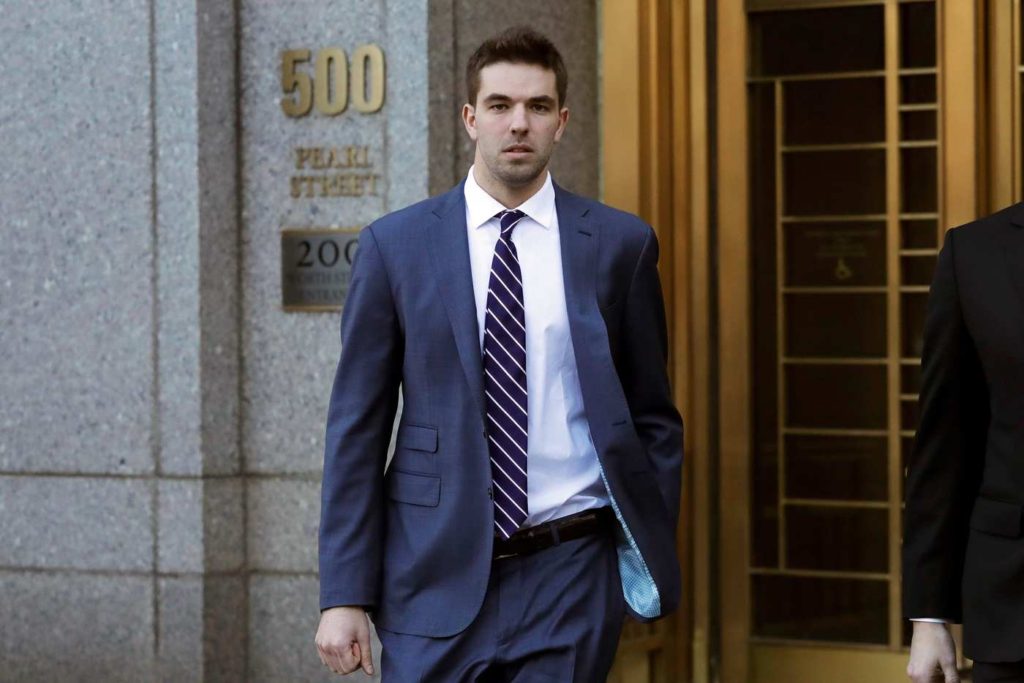
When dreams are built on empty promises, money stolen from investors and hopeful kids, and jobs created by plans that never actually succeed, the results can be extremely detrimental. Currently while serving his 6 year sentence, McFarland apparently has plans of publishing a memoir titled “Promythus: The God of Fyre,” handwriting it on over 800 pieces of paper and mailing it to his girlfriend to type up, according to New York magazine. He says he plans to use the profits from his book to pay off the $26 million in restitution. It is also reported that he and Ja Rule plan to have another Fyre Festival in the future. For con artists alike with immense egos, the legacy these grifters leave is also a key component in their minds. It doesn’t matter who they hurt in the process, in their minds they can do no wrong. McFarland has likened his novel to that of Jordan Belfort’s, who was sentenced to jail for manipulation of stocks and wrote a memoir that became the movie “The Wolf of Wall Street.”
As if he doesn’t believe enough damage has been done already, the gifted grifter has made it clear he’ll be back and better than ever.
Sources:
The New York Times: In Wreckage of the Fyre Festival, Fury, Lawsuits and an Inquiry
Nielsen 2018 U.S. Music 360 Report
Deloitte 2019 Global Millennial Survey
Vox: “Why are so many music festivals total disasters?”
LA Weekly: The economics of music festivals: who’s getting rich, who’s going broke?
U.S. Securities and Exchange Commission: SEC Charges Failed Fyre Festival Founder and Others With $27.4 Million Offering Fraud
Business Insider: This leaked Fyre Festival pitch deck shows how Billy McFarland was able to secure millions for the most overhyped festival in history
Thrillist: How Great Exuma’s Locals Are Managing After Fyre Fest, ‘The Greatest Party That Never Happened’
New York Magazine: This Is Billy McFarland’s Fyre Festival Comeback Plan

